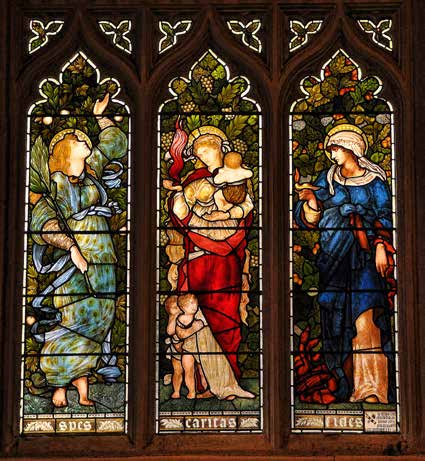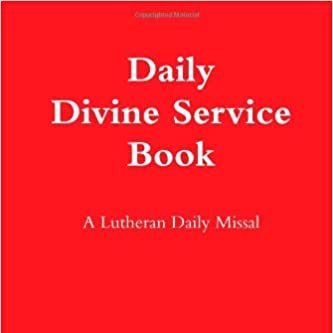The Ice Saint Cold Sophia

Once a year on May 15, the Church celebrates St. Sophia (Wisdom) and her three daughters, Pisti (Faith), Elpida (Hope), and Agape (Love) in remembrance of their firm confession of the faith. They are commonly said to have lived in Italy around AD 126, during the reign of Hadrian and were known to have come from a devout Christian family. After all, the mother, St. Sophia, named her daughters for the three theological virtues. However, due to this reputation they were tortured for their faith, a very common occurrence for Christians living under Hadrian’s rule due to his efforts to prevent the spread of faith.
Soldiers were sent to question the widow and her daughters, separating them in order to put them to the test, thinking that their young ages of 12 (Pisti), 10 (Elpida), and 9 (Agape) would prevent them from standing firm in the faith. However, one by one, the girls were mercilessly beaten and tortured for their confession, with Sophia being forced to watch. First, Pisti was martyred by the sword, with mother Sophia encouraging her to accept with joy the death that would unite her to Christ.
Next, Elpida was beaten and cast into a raging furnace. When it didn’t kill her, she also died by the sword. Third, Agape, was summoned before the Emperor, who by then had heard the story of these staunch believers. She was hanged on the gallows, thrown into the furnace, and finally beheaded.
St. Sophia took the three bodies of her daughters and went to bury them beyond city limits on a high hill.
Mother St. Sophia who witnessed their deaths became overwhelmed with earthly sorrow. She is said to have fallen asleep in the Lord after she mourned them and prayed for them at their graves for three days. For this reason she has also been considered a martyr, eventually going to see the face of our Lord because of her own strength and endurance while witnessing pure evil. Fellow believers buried her body with her daughters, letting her rest with them as they continue to wait for the Last Day.

Brief History
St. Sophia and her daughters have long been recognized for their martyrdom and steadfast faith, with many, many churches in both Eastern and Western Christianity being named after them.
St. Sophia’s feast day on May 15th has also made her, and her daughters, part of the group of “Ice Saints,” the Eisheiligen, whose feast days are traditionally associated with the last possibility of frost in many northern Hemisphere countries. Thus, she is known as kalte Sophie (“cold Sophie”) in Germany or “wet Sophia” in many other central European countries. The saints whose days land in mid-May are associated with the beginning of warm weather and the onset of the planting season, reminding observers of the calendar that even if April is sunny, early May can often bring a killing spring frost.
Thus, the rule was coined, “Vor Bonifaz kein Sommer, nach der Sophie kein Frost,” “No summer before Boniface, no frost after Sophie.”

Collect
Almighty God, Who among the other miracles of Thy power, hast given even to holy women the victory of martyrdom: grant we beseech Thee, that we, who are celebrating the heavenly birthday of Blessed Sophia, thy Martyr, may, be her example draw nearer to Thee; through Jesus Christ our Lord, who liveth and reigneth with thee and the Holy Ghost: ever one God, world without end. Amen.
Lessons
First Lesson
Gospel
Resources
Propers found in Daily Divine Service Book: A Lutheran Daily Missal, edited by the Rev. Heath Curtis
References:
1. Dickinson, William Leeson. The Lives of the Saints; or Ecclesiological and Historical Notes on the Holy Days of the English Church. The Church Printing Company. 1865.
Images:
1. Saint Sophia the Martyr and her daughters Faith, Hope, and Charity, unknown, Bulgaria, 21st century.
2. Sir Edward Coley Burne-Jones and William Morris, Spes, Caritas, and Fides (Hope, Charity, and Faith), England, ca. mid-19th century.
3. Memory of Martyrs Sophia, Faith, Hope, and Agape, Unknown, Russia, 21st century.


